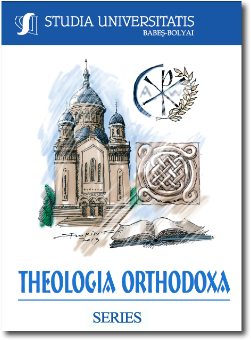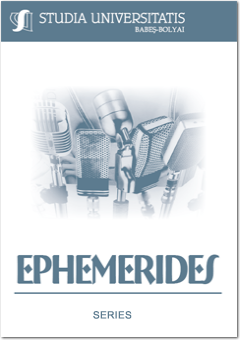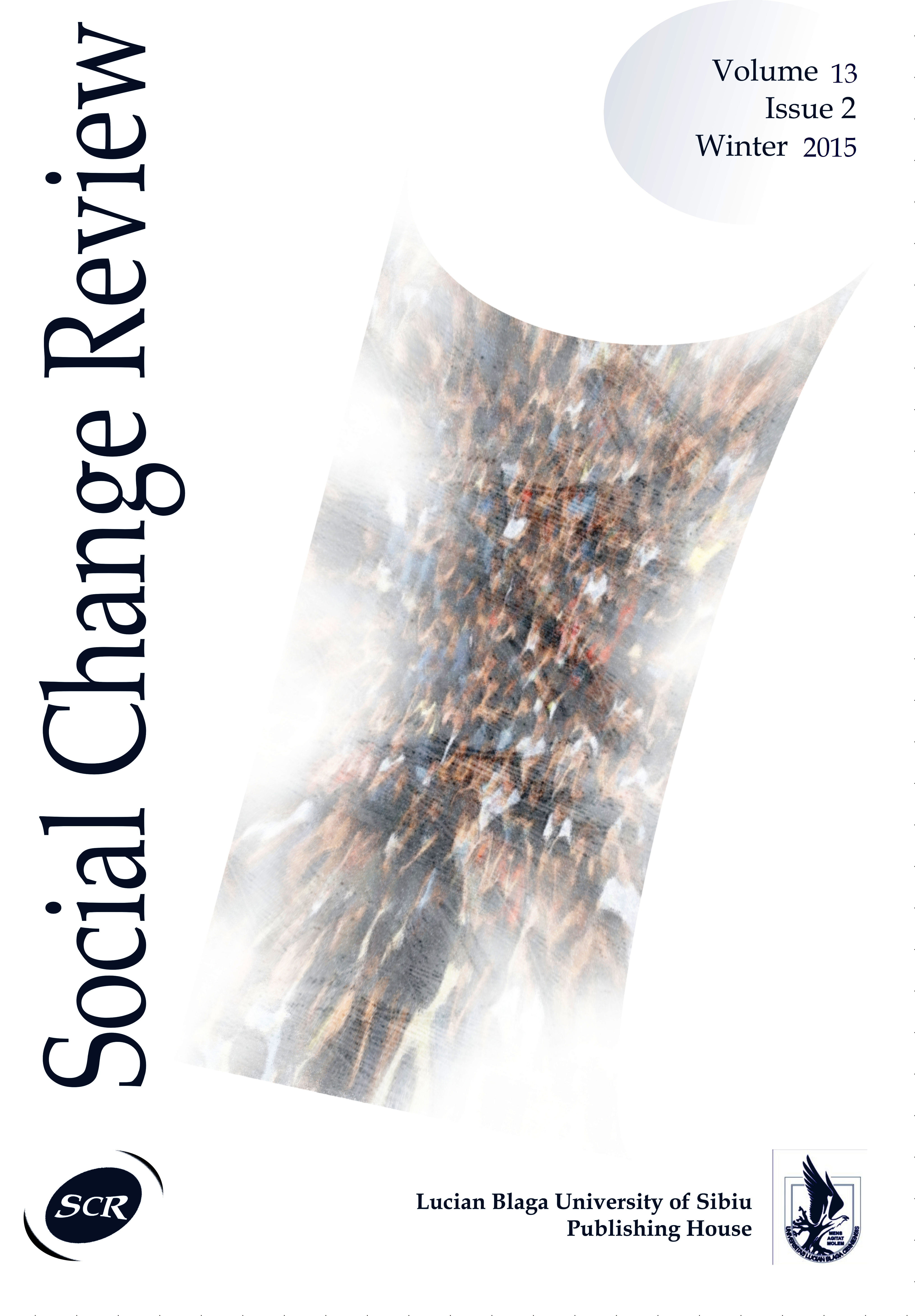
INTERPRETATIONS OF THE EPISTLE TO THE COLOSSIANS. A BRIEF HISTORICAL PERSPECTIVE
INTERPRETATIONS OF THE EPISTLE TO THE COLOSSIANS. A BRIEF HISTORICAL PERSPECTIVE
Keywords: Colossians; Pauline Letters; Deutero-pauline Letters; Christological Hymn; Colossian “philosophy”.
The purpose of the present study is to offer an overall perspective of the historic of Epistle to the Colossians’ interpretation. Ever since the 2nd century, we can remark an intense debate regarding the contents of the epistle, in the context of Gnosticism’s development, reaching a peak in the 4th century, where the dispute revolved around the Christological accent. In the philokalic times, the focus of the interpretation will transit from the first two chapters of the Epistle, onto the third, chapter dedicated to understanding the Christian’s mystical relationship with God in Christ. Starting with the Reform, especially in the last two centuries, the focus of the interpretation is determined by the new debates in the field of the epistle’s isagogy.
More...

